Iconic Development Projects Redefining Cities Worldwide
Development projects have the power to transform urban environments, bring new opportunities, and improve residents’ quality of life. In this article, we explore some of the most successful development projects around the world, serving as inspiration not only for architects but also for us developers.
Hudson Yards, New York City, USA
Hudson Yards is the largest private development project in U.S. history, transforming unused areas on Manhattan’s west side into a modern urban district. This project includes residential and commercial buildings, retail spaces, cultural institutions, and extensive public parks. One of the most notable features of Hudson Yards is The Vessel, an interactive sculpture offering panoramic city views.
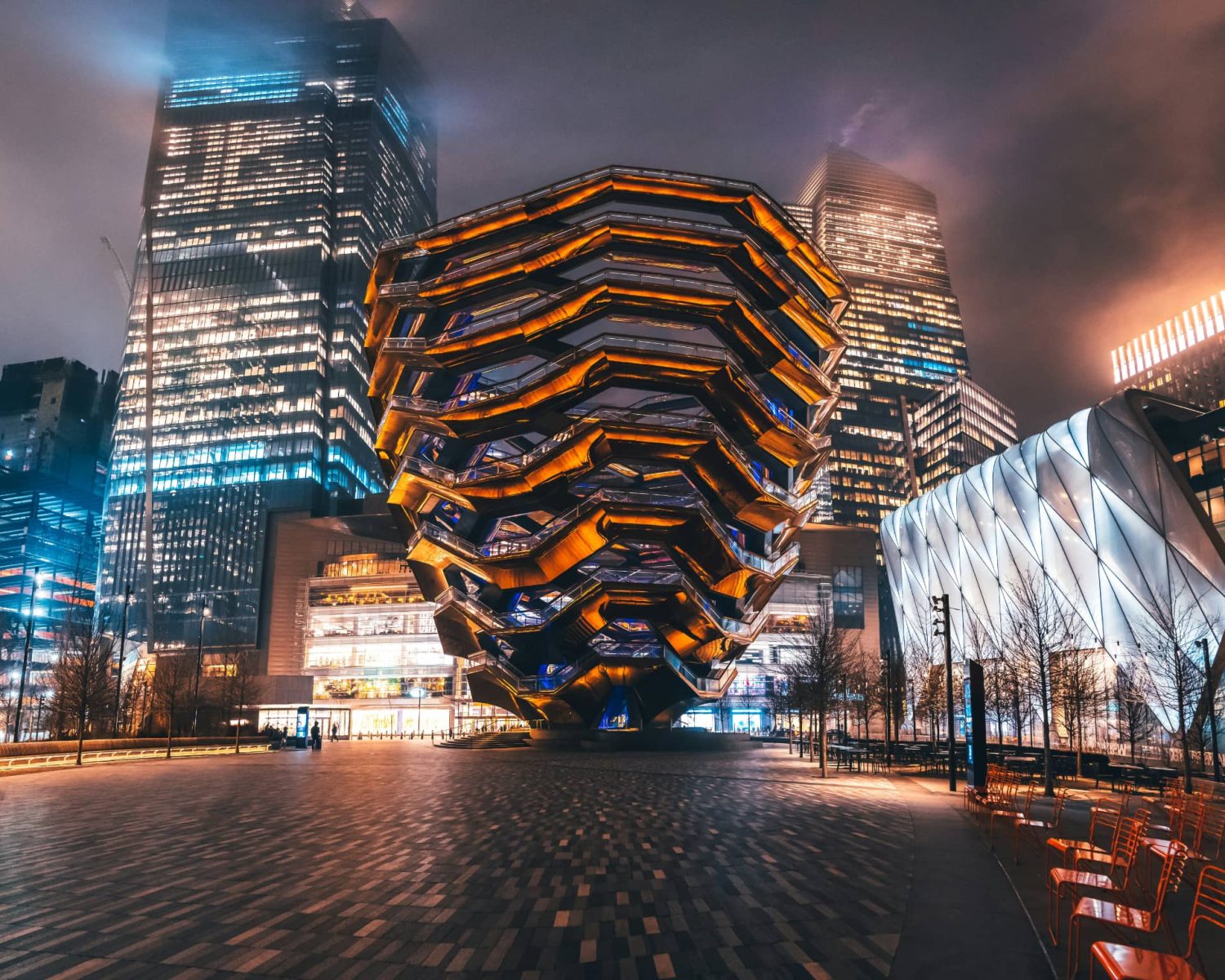
Marina Bay Sands, Singapore
Marina Bay Sands is an iconic development project that encompasses a luxury casino, hotel, shopping mall, and museum. It is renowned for its unique architecture, especially the boat-shaped rooftop connecting the hotel’s three towers. Marina Bay Sands has become a symbol of modern Singapore, contributing to the city’s tourism and economic growth.
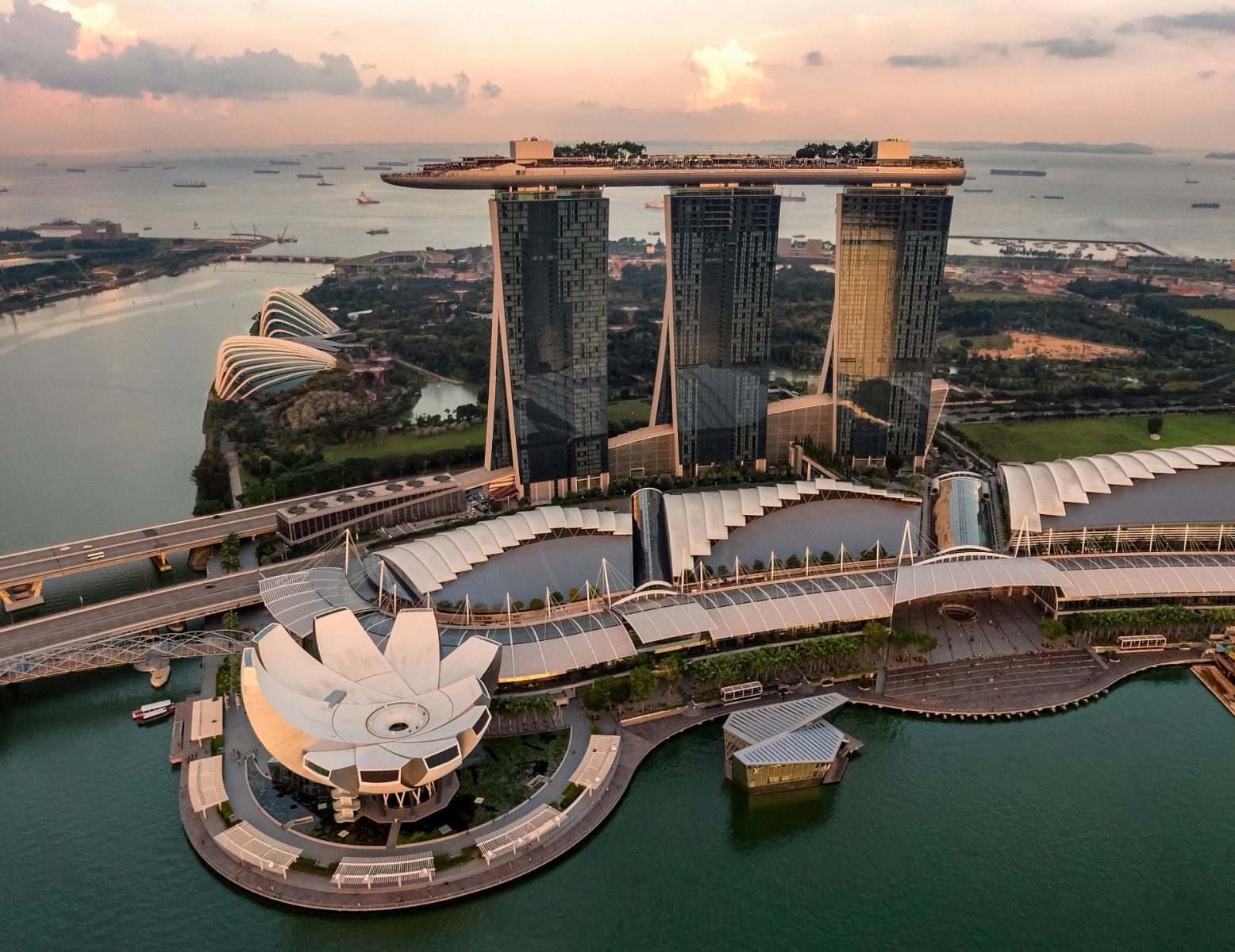
King’s Cross Central, London, UK
King’s Cross Central exemplifies the successful regeneration of a former industrial area in London. This project includes residential buildings, office spaces, shops, restaurants, and educational institutions. The transformation of this area has brought new opportunities for living and working, as well as enhanced the quality of life for city residents.
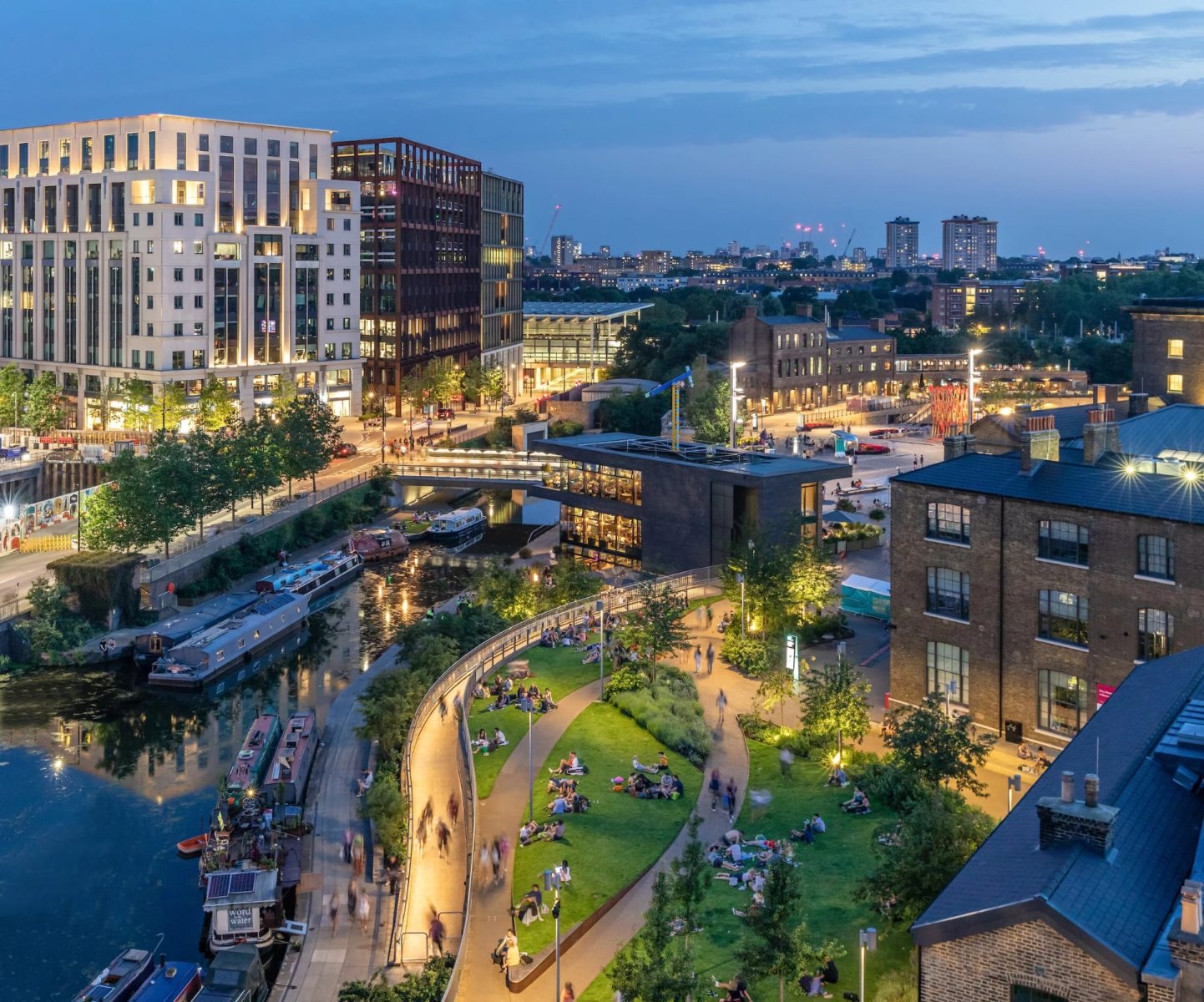
Songdo International Business District, South Korea
Songdo is one of the world’s first truly smart cities, built from scratch on an artificial island. This futuristic project includes modern residential and commercial buildings, green spaces, smart infrastructure, and advanced technological solutions for city management. Songdo serves as a model for future smart cities, where technology enhances everyday life.
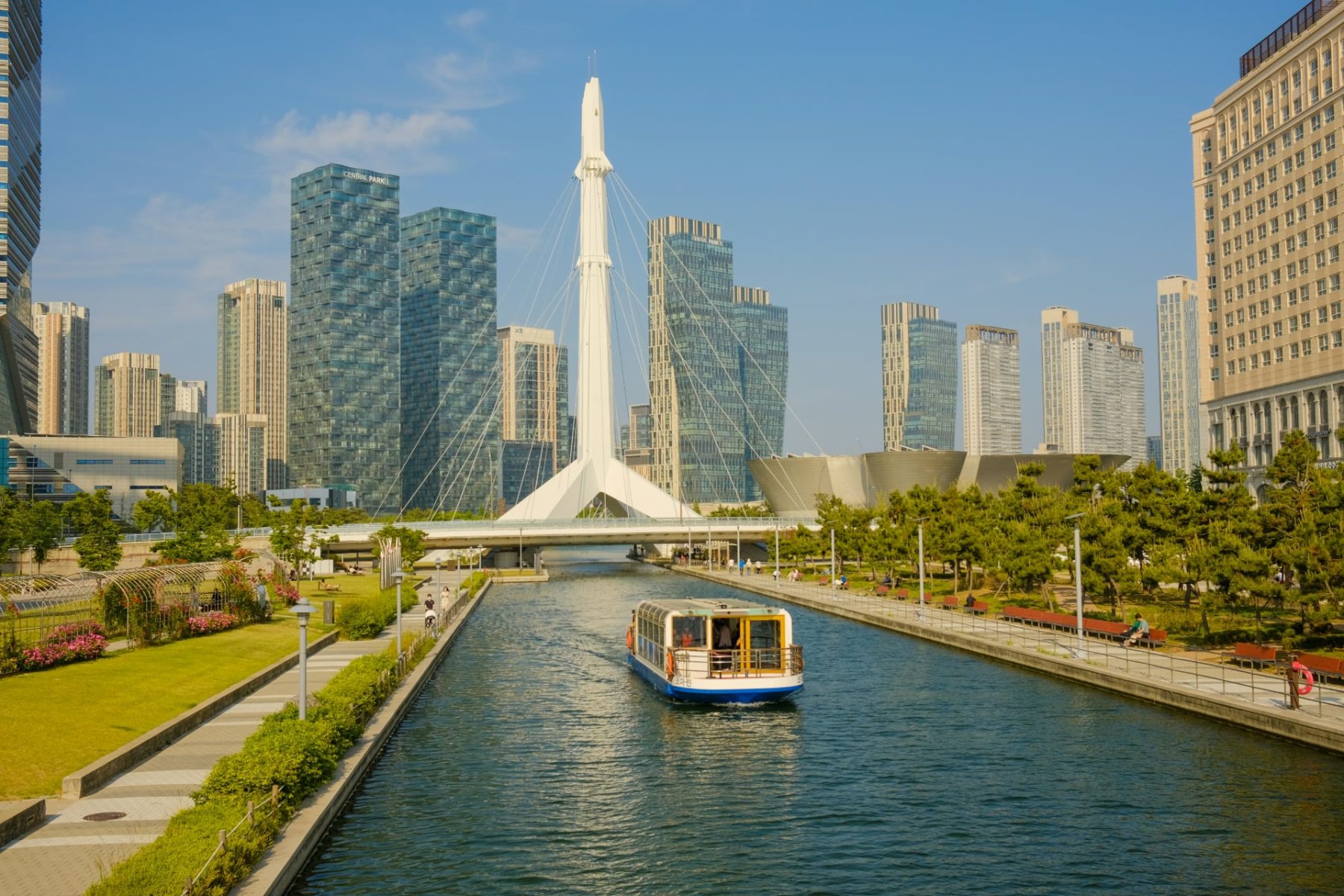
Masdar City, United Arab Emirates
Masdar City is an ambitious ecological project aimed at creating a sustainable city with minimal carbon footprint. This project includes energy-efficient buildings, solar panels, water recycling systems, and other eco-friendly technologies. Masdar City exemplifies how development projects can be designed with environmental sustainability in mind.
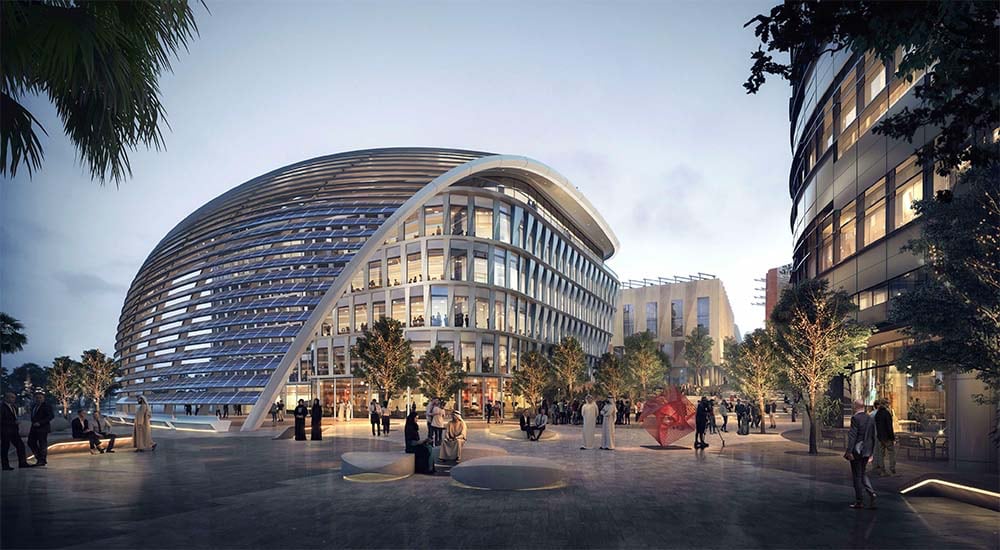
Conclusion
These examples of successful development projects demonstrate how innovative and well-planned initiatives can transform urban environments, promote economic growth, and improve quality of life. They prove that development projects can be more than just buildings – they can be the driving force behind positive societal change.
